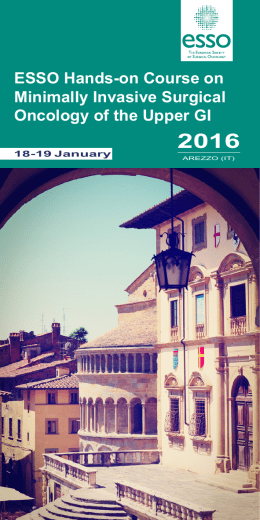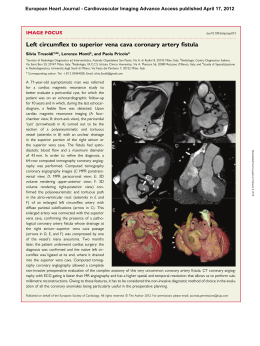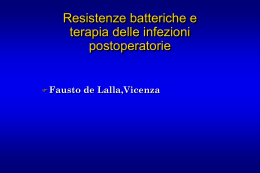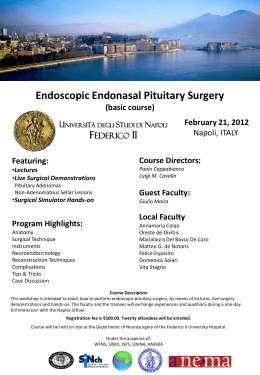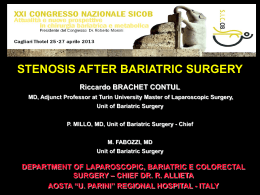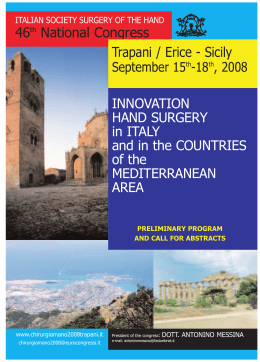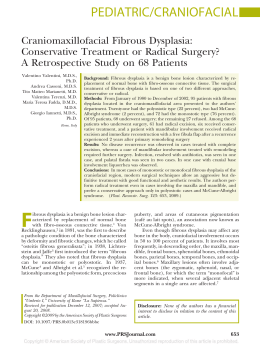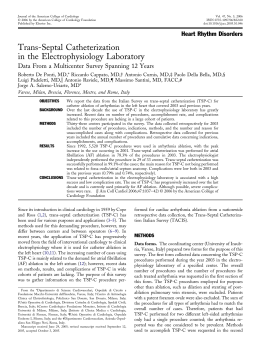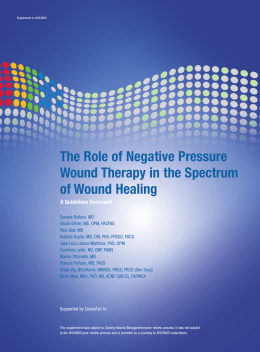26 - COMPLICATED RESIDUAL FISTULA AFTER LAPAROSCOPIC ASSISTED ANORECTOPLASTY ADIAM YEMANE WOLDEMICAEL (1) - MASSIMO RONZINI MICHELE D'AMATO (1) - FRANCESCO CAROPPO (2) (1) - ANTONIO OROFINO (1) - MARIA PAOLA LANZILLOTTO U.O.C. CHIRURGIA PEDIATRICA, AZ.OSP.UNIV.POLICLINICO-GIOVANNI XXIII, BARI, ITALIA PEDIATRICA, AZ.OSP.UNIV.POLICLINICO-GIOVANNI XXIII, BARI, ISOLE COOK (2) (1) (1) - - U.O.C. CHIRURGIA OBJECTIVE: Posterior sagittal anorectoplasty (PSARP) is the standard approach for the correction of ano rectal malformation (ARM). We present a case of complicated residual fistula after laparoscopic assisted anorectoplasty (LAARP) sec. Georgeson and, we review the literature discussing indications for surgery and follow-up timing of patients treated. METHODS: A 5 years old boy, that underwent LAARP for ARM at the age of 11 months, comes to our observation with sepsis, pyuria, stranguria with regular bowel function. Blood tests show leukocitosis ( 37.800 uL) with neutrophilia (92.5%), PCR 158.4 mg/L., urine pH 8.0, urine colture was positive for Enterobacter agglomerans and Proteus vulgaris. Barium enema shows regular recto- sigma morphology; pelvic RMN reveal a mass between bladder and rectum. Urethrocystoscopy shows urethritis with trabecolated bladder and a recto-bulbar fistula; fistulography shows spreading of m.d.c.. A combined surgical approach was performed: laparoscopic for mobilization and aspiration of the cranial portion of the cystic mass, that was adherent to the pelvic peritoneum, followed by a perineal approach sec. Wildboltz that has proved to be effective for mobilization, good exposure and closure of the recto-urethral fistula. RESULTS: The patient had an excellent post-operative time. Laminar drainage was removed in II and the bladder catheter in VIII postoperative day. CONCLUSIONS: LAARP is procedure that gives excellent results in term of fecal continence. As widely reported in literature, complication of remaining fistula should be mentioned in the informed consent and requires provision of magnetic resonance in the follow up of this patient. The surgical strategy that we performed, give excellent aesthetic and functional result, and can definitely be considered as a good choice procedure in similar cases. 127 - THE SURGICAL TREATMENT OF HYPERTROPHIC STENOSIS OF PILORUS: DIFFERENT APPROACHES, SAME COMPLICATIONS? FILIPPO PAROLINI (1) - ANDREA ARMELLINI (1) - ANNA LAVINIA BULOTTA (1) - LAURA RIGHETTI (1) CHIRURGIA PEDIATRICA, SPEDALI CIVILI, BRESCIA, ITALIA (1) OBJECTIVE: The surgical treatment of choice for hypertrophic stenosis of pylorus (HPS) was firstly described in 1912 by Ramstedt, who introduced the longitudinal splitting of the seromuscular layer of the pylorus without suturing, termed ‘‘pyloromyotomy’’. Nowadays pyloromyotomy represent one of the most common operation in non-emergent neonatal setting, and its relative simplicity make this procedure part of the routine surgical background for residents and surgeon in formation. Nevertheless, among years several different surgical approaches have been proposed, with different rates of reported complications. METHODS: Authors provide a detailed review of the three different approaches: open pyloromyotomy (right upper quadrant transverse incision) (OP), circumumbilical pyloromyotomy (CP) and laparoscopic pyloromyotomy (LP), focusing on complication and mortality rates according to learning curve and experience of the surgeon, its degree of specialization, and to the volume of the centre. RESULTS: Perforation and incomplete pyloromyotomy rates are similar for OP, MP and LP. However, the LP group seems to show a trend toward reduction of postoperative complications after 35 procedures. No statistically significant differences were found among the three approaches in regard of the experience of the pediatric surgeon. Nevertheless, when pyloromyotomy is performed by general surgeons, is associated to a higher rate of complications. CONCLUSIONS: All the three approaches are associated with low rates of mucosal perforation and incomplete pyloromyotomy in specialist centers, whether trainee or consultant surgeons perform the procedure.
Scarica
